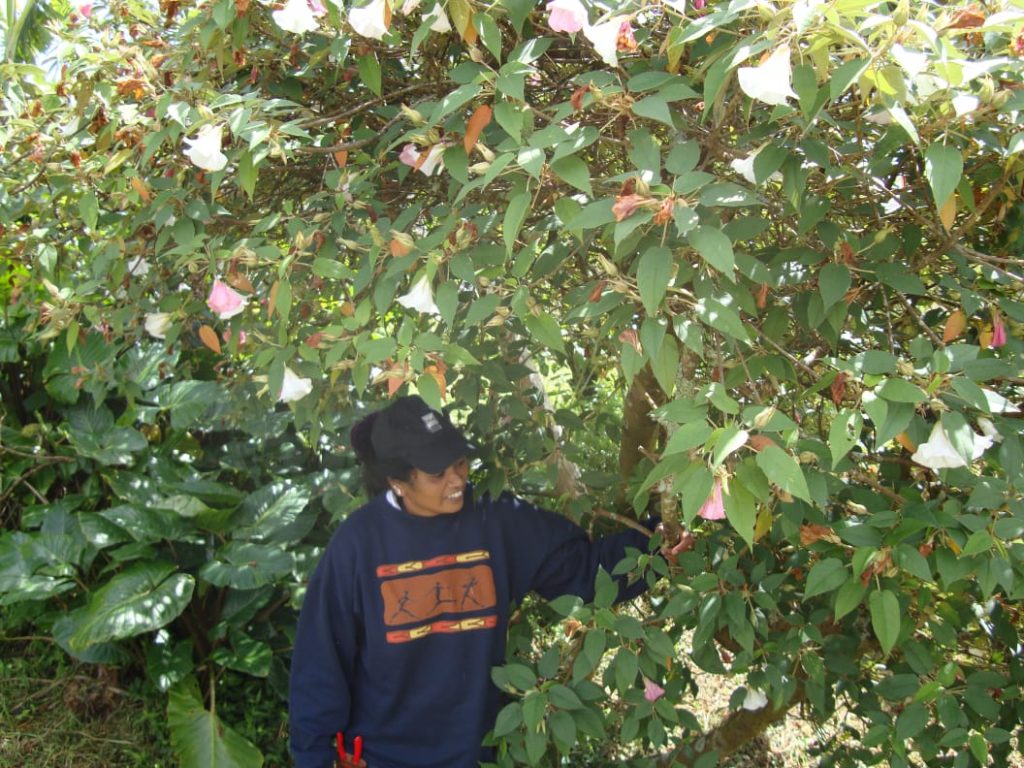11 February 2020
Today, Tuesday 11 February, is International Day of Women and Girls in Science 2020 – a day used to recognise the contribution of women in science, technology, engineering and mathematics fields and to promote and strengthen their participation.
In recognition of the day, we introduce you to St Helena Government Nursery Officer, Vanessa-Thomas Williams.
Vanessa is a custodian of the genetic diversity of St Helena’s endemic plants. She has 30 years’ experience working in conservation and is passionate about ensuring St Helena’s endemics are here forever. Vanessa employs scientific techniques routinely across each stage of the conservation process from collecting seed, storing seed, propagation, to planting back out in the wild.
Experimentation and observation are essential in learning how different plant species grow and in understanding what conditions they germinate or grow best. Genetics also has an essential role in conservation. Genetic variation exists between individual plants of the same species and different populations of the same species can exhibit different combinations of variation.
Over the last 10 years, Vanessa has been working with Dr Alan Grey of the Centre for Ecology (CEH) and Hydrology and Professor Quentin Cronk of the University of British Columbia (UBC) to investigate the genetics of St Helena’s rare endemics including: the old father live-forever (Pelargonium cotyledonis), St Helena plantain (Plantago robusta), St Helena tea plant (Frankenia portulacifolia) and Diana’s Peak grass (Carex dianae). Before that, Vanessa was involved in work on the St Helena bastard gumwood (Commidendrum rotundifolium) and St Helena boxwood (Mellissia begonifolia).
The team use morphometric and genetic (DNA) techniques to study differences. The morphometric work involves experimentation, growing plants under uniform conditions and physically measuring the difference in the shape of leaves, flowers or seed and using statistical tests to work out whether differences recorded are significant enough to be recognised as actual differences. Genetic analysis is conducted both at the CEH and UBC. Analysis of the results of both physical measurements and DNA analysis provides information about differences and the level of differences between individuals and populations.
This information is important in guiding action or determining whether conservation action is successfully conserving genetic variation. Genetic variation is important because it enables response to change in the environment and increases the chance of survival of the population or species.
Findings have shown that every species is different and that conservation requires identifying species’ specific actions. So far, the team has identified a potentially new sub-species or variety of old father live-forever, identified differences between different populations of peak grass that could represent varieties and confirmed that despite very different leaf shapes exhibited in the plantain they do not have significantly different variation at the DNA level. These are all important findings that inform decisions about how best to conserve the genetic variation existent in the species.

Vanessa-Thomas Williams
#StHelena #WomenAndGirlsInScience
SHG
11 February 2020